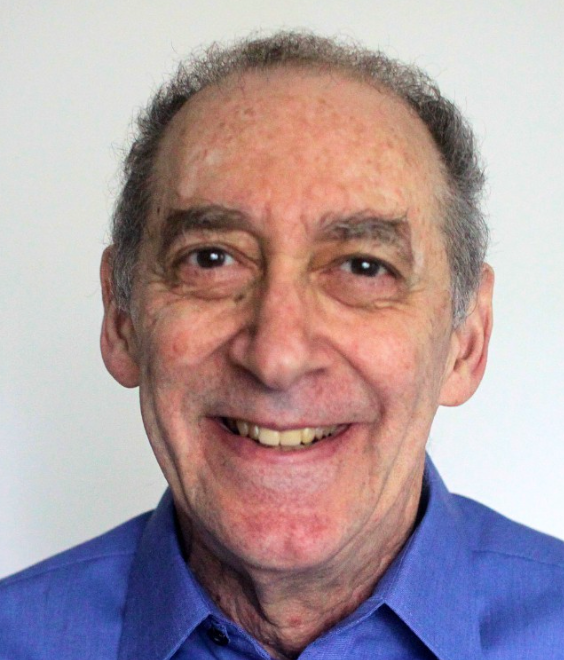News
Article
Survey Finds Treatment is Often Unhelpful for Circadian Sleep Disorders
Author(s):
A survey found low success rates for multiple sleep treatments, including light therapy, light restriction, and melatonin.
Peter Mansbach, PhD
Credit: LinkedIn

A survey sent to patients with circadian sleep disorders found more than half reported tiredness when sleeping on their preferred schedule, depression often precedes circadian sleep disorders, many people suffered from sighting non-24-hour sleep-wake rhythm disorder, and treatments did not seem to be helpful for many of the respondents.1
The Circadian Sleep Disorders Network sent out the survey to circadian rhythm sleep-wake disorder patients in their established registry, created back in 2016, to fill the knowledge gaps on sleep disorders. Additionally, they wanted to compile information on patient experiences and the efficacy and durability of treatments.
The survey was designed to provide a central source for investigators to find participants for research, as well as to have data available on a large population of patients with circadian rhythm sleep-wake disorder that can help pinpoint avenues for future research. The survey study, led by Peter Mansbach, PhD, president of the Circadian Sleep Disorders, evaluated patients’ personal experiences with the disorder through 122 questions.
Before the survey, no real-world patient experiences with circadian rhythm sleep-wake disorder were available to the public to evaluate treatment effectiveness. Current ways to treat circadian sleep disorders include light therapy, light restriction, melatonin, and phase-day chronotherapy. A clinician may recommend healthy lifestyle changes such as having a regular meal schedule, a regular bedtime routine, avoiding daytime naps, getting regular exercise during the day, limiting caffeine, alcohol, nicotine, and some medicines, and managing exposure to light.2
In total, 1627 people participated in the Circadian Sleep Disorders Network’s survey, with 298 patients completing the entire survey.1 However, the investigators only considered 479 clinically diagnosed patients with circadian rhythm sleep-wake for the results, excluding respondents who self-diagnosed their disorder. Data was collected from December 1, 2016, through August 18, 2022.
Many respondents reported treatments being unhelpful, with a low percentage of participants continuing to use light therapy (30%), light restriction (59%), and melatonin (37%).
Only 13% of respondents said light therapy helped them achieve their desired sleep times, and 26% said it helped somewhat or more. Yet with light therapy comes limitations, as the investigators pointed out.
Most of the survey respondents could have been unsuccessfully treated by light therapy—individuals who were successfully treated would no longer be involved in online support groups or the websites where the survey was promoted. Additionally, the investigators do not know details of how the light therapy was prescribed or the degree of compliance.
As for light restriction, the team found evening light restriction worked better than morning light exposure, but respondents still had a low success rate with only 32% reporting it helping somewhat or more.
Taking melatonin also had a low success rate, with only 12% of respondents achieving their desired sleep times. The investigators stated how melatonin also came with limitations. Like with light therapy, melatonin also has a potential bias toward people not completing the survey due to treatment success, as well as the fact melatonin can be taken drastically differently between 2 individuals in terms of timing and doses.
Furthermore, phase-day chronotherapy, where a patient delays their sleep more every night until their sleep is shifted to a more average wake time, had a low success rate of only 1% succeeding “indefinitely.” For 95% of respondents, the treatment did not help, and if it did, only for a month or less.
A limitation the investigators pointed out was the results only apply to sighted individuals—no blind people were included in the study.
“Patient responses to our survey cast light on aspects of CRSWDs that have not always been reflected in prior research,” investigators wrote. “Additional analysis of these data, and future surveys, promise to provide further insight.”
References
- Mansbach P, Fadden JSP, McGovern L. Registry and survey of circadian rhythm sleep-wake disorder patients. Sleep Med X. 2023;7:100100. Published 2023 Dec 21. doi:10.1016/j.sleepx.2023.100100
- Circadian Rhythm Disorders. National Heart, Lung, and Blood Institute. https://www.nhlbi.nih.gov/health/circadian-rhythm-disorders/treatment. Accessed January 26, 2024.





